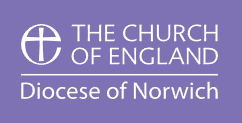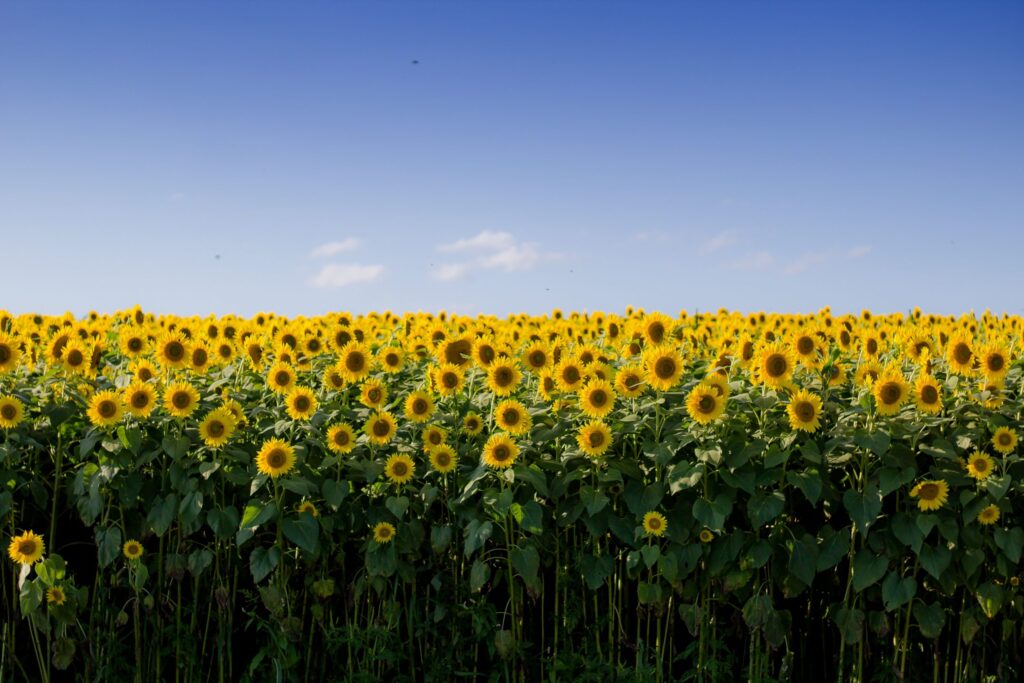A recent online posting from the horrendous and senseless war in Ukraine, with a picture of dazed people amongst bombed buildings, had the caption, “Infrastructure fixes quickly. It’s the damage to the soul that takes time”.
The lives of many Ukrainians, who have seen and touched, smelt and heard, unspeakable horrors, are in great need of a slow mending and healing.
Whilst individuals’ response to the situation of Ukrainian refugees has been generous and kindly, the shadow of the cross seems longer and darker this year, threatening even the joy and colour of Easter Day.
The sheer number of refugees traumatised and fleeing is staggering.
The increase in the global wheat price will push the world’s economically poorest countries into darker days of scarcity, compounding inevitable instability and migration.
The rise in the cost of living here is pushing more families in Norfolk and Waveney into longer hunger, cold and debt.
And covid hasn’t gone away, as I know all too well having tested positive on Palm Sunday.
Life for many people at present feels very grey. We are in need of the brightness that Ukrainian sunflowers would bring the landscape of our lives.
So, what hope might Easter bring?
I am struck that in the despondency and gloom of mourning, having seen the cruel tortured death of Jesus, and having laid his body in a grave, the disciples, including women in the party, returned on the customary third day to that grey place of desolation.
There, in their sad confusion, they encounter something that they did not expect.
The Resurrection had burst the bonds of death. Now the disciples experienced Jesus in a new way. The landscape was being coloured in again.
The different gospels offer different stories. All contain surprise, all are intimate, all draw out the grief and transform it in love. We witness the beginning of the mending of souls.
In John’s gospel, Mary Magdalene is sitting weeping at the empty tomb. She thinks the body has been robbed. She sees a man, who she presumes is the gardener. He asks her, “Who are you looking for?”
When the man calls her by name, she recognises that it is Jesus in her midst.
Many ‘Who’ questions lie at the heart of life.
Who are we looking for? Who are we? Who do we want to be? Who is important to us?
They are the questions that faith helps us with.
When we look to Jesus, who do we find?
In the Easter stories we hear him say the words “Peace be with you” to his disciples.
So, we find that his presence is a blessing that brings joy. He shapes individual lives, brings a vision to a community, and inspires a different way of living that focuses on abundant life.
And he then says, “As the Father has sent me, so I send you”.
So, we find that he is always sending us out to be his hands and his feet, seeking to mend a broken world, one damaged soul at a time.
Who, then, are we looking for?
Easter invites us to meet Jesus who is the life-giving hope for the world.
That is why the speeches and behaviour of the leader of the Russian Orthodox Church, Patriarch Kirill, have been so shaming to hear.
His support for Putin’s war, condemned by many of his own priests and people, is abhorrent.
His words do not reflect Jesus’ life-giving hope for the world.
Millions of others throughout the world are reflecting that hope at present.
We see it in those crying out for peace; amongst those who are surviving in basements against the odds; by those who are still serving their neighbours, feeding the poor, making a home for refugees.
Each is taking time, through acts of life-giving hope, to mend the damage to the souls of human beings made in the image of God.
That type of hope is like a golden field of sunflowers, their bowed heads rising to the sun of a new dawn.
It is the gospel of peace being lived.

